The road is too small, I can't go fast.
Besides the maximum speed of only 80 km/h, the factor that makes many people disappointed when the North-South expressway component routes come into operation is the modest number of lanes. Some expressway sections have completed investment and construction according to the phased plan and put into operation such as Cao Bo - Mai Son, Trung Luong - My Thuan, Nha Trang - Cam Lam, Vinh Hao - Phan Thiet, Mai Son - QL45 and the upcoming QL45 - Nghi Son section all have only 4 lanes.
"Why is the new road, the key highway stretching across the country, only made with 4 lanes? The road is so narrow, we don't even dare to go 80 km/h, let alone go faster," said Mr. T. Sang, a businessman who regularly travels from Ho Chi Minh City to My Tho.
In fact, there have been many examples of expressway projects that have just been put into operation and have quickly become overloaded due to their narrow scale of 2-4 lanes. For example, at the same time a year ago, people in the South eagerly welcomed the opening of the Trung Luong - My Thuan expressway with the hope of escaping the "suffering" of queuing to go to the West every holiday season. However, the Trung Luong - My Thuan expressway quickly became a nightmare when, less than 2 months after its opening, 38 traffic accidents and 297 vehicle breakdowns occurred on the route. Concerned that this expressway would soon become a bottleneck, the Tien Giang Provincial People's Committee immediately proposed to the Prime Minister to invest in the second phase of the Trung Luong - My Thuan expressway project according to the plan of 6 expressway lanes and 2 emergency lanes before 2030. The Tien Giang Provincial People's Committee assessed that the traffic volume on the Trung Luong - My Thuan expressway is currently too large. The scale of investment in phase 1 was calculated based on the number of vehicles 10 years ago, which is no longer suitable for the increase in vehicles and people's needs. The recently inaugurated arterial highway is already... a decade out of date.
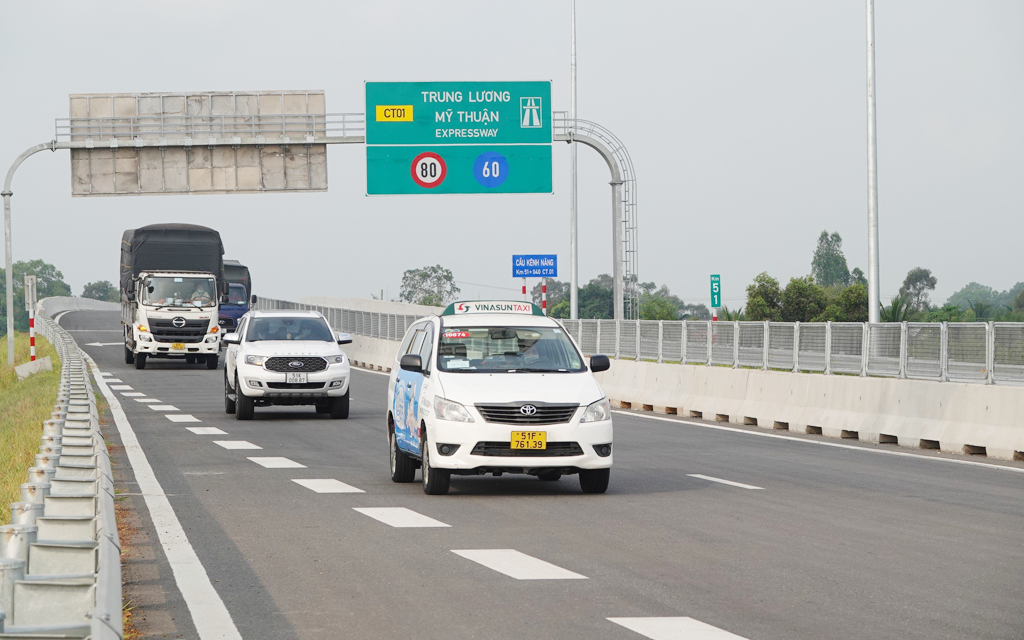
Trung Luong - My Thuan Expressway is overloaded due to lack of lanes
Just a few months later, the Ho Chi Minh City Department of Transport also sent an urgent document to the City People's Committee proposing to expand the Ho Chi Minh City - Trung Luong Expressway, citing the reason that after stopping toll collection since the beginning of 2019, the number of vehicles on the route increased dramatically, peaking at over 51,000 vehicles per day and night, leading to damage to the road surface. Phase 1 invested in the main route with 4 lanes for motor vehicles and 2 emergency lanes, but so far it has not been able to meet the increase in vehicles and travel needs of the people. Therefore, it is necessary to expand the Ho Chi Minh City - Trung Luong Expressway, the route connecting Binh Thuan - Cho Dem and Tan Tao - Cho Dem to 8 lanes, 2 emergency lanes with a design speed of 120 km/h.
Previously, the Ho Chi Minh City - Long Thanh - Dau Giay Expressway (HLD) was a typical example of a fast expressway quickly becoming a slow expressway because it was too small. The vital traffic and economic route connecting Ho Chi Minh City with the Southeast and Central Highlands regions only had 4 lanes. Meanwhile, the Dong Nai Provincial People's Committee assessed that the HLD Expressway is the main traffic axis connecting to Long Thanh International Airport, and even if it is built according to the plan with 8 lanes, it will not meet the demand. The Dong Nai Provincial People's Committee has repeatedly proposed to the Prime Minister to consider investing in and expanding the HLD Expressway to 10 - 12 lanes, which is 3 times larger than the current one.
In the northern region, Lao Cai province has also been "impatient" in recent years, continuously proposing to the Government to allow the expansion of the Noi Bai - Lao Cai expressway from Yen Bai - Lao Cai (83 km long) from 2 lanes to 4 lanes. The reason is that although it is an expressway, it only has 2 lanes, no median strip, while the traffic volume is increasing, posing a potential risk of traffic safety, even serious accidents when drivers are negligent and encroach on lanes. When it was first put into operation 8 years ago, the Yen Bai - Lao Cai section had a traffic volume of 2,500 vehicles/day and night, but now it has increased to 11,000 vehicles/day and night.
Lack of lane because of… lack of money?
Speaking to Thanh Nien, an official from the Ministry of Transport admitted that the reason for the lack of lanes on the highway is... lack of money. In the context of economic resources being difficult, in order to be consistent with the ability to balance capital sources and ensure investment efficiency, the National Assembly and the Government have approved the policy of phasing the investment in building a number of routes with a cross-section of 4 lanes and a design speed of 80 km/h. For example, the Trung Luong - My Thuan expressway was built according to the design of the Ministry in Decision 5019 dated December 31, 2014 on guidelines for design and traffic organization in the phasing phase of investment in building highways. The phasing design has a plan to arrange emergency stops on both sides of the direction of traffic so that after 6-10 minutes of driving, emergency vehicles still have a place to stop. The reason is that, in the context of difficult investment capital, if the 17m wide, 4-lane expressways have continuous emergency lanes, the total investment will increase. Trung Luong - My Thuan Expressway builds continuous emergency lanes along the entire route right at the phase, the total investment will increase to about 17,000 - 18,000 billion VND, an additional 5,000 - 6,000 billion VND compared to the current total investment.
However, traffic experts consider the option of "cooling down" cash flow by building small-scale, low-lane roads to be inappropriate, and later expansion will be difficult because of the high cost of land clearance. As a result, projects to expand and complete the expressway network are one after another behind schedule, while existing infrastructure is rapidly deteriorating, resulting in constant traffic jams and accidents.
Associate Professor Dr. Pham Xuan Mai, former Head of the Department of Automotive Engineering, Ho Chi Minh City University of Technology, pointed out: The number of lanes on the highway depends on the traffic volume on the route. The current traffic volume on major roads in Vietnam is 25,000 - 35,000 vehicles/day and night. Meanwhile, the number of lanes currently being built for highways in Vietnam is only 2 lanes designed with a traffic volume of 25,000 vehicles. Therefore, during rush hours, holidays, Tet... it is overloaded, causing serious traffic jams. Most recently, Ho Chi Minh City Ring Road 3 was designed for 2030 with a traffic volume of 40,000 - 50,000 vehicles/day and night with 4 lanes, but currently on similar routes in Ho Chi Minh City, 25,000 - 40,000 vehicles/day and night have been recorded.
"In particular, expressways should only be built in one phase, with priority given to national and regional backbone routes. If we build in two phases, then when constructing phase 2, it will immediately cause difficulties for traffic on the expressway in phase 1, wasting twice the mobilization of human resources for construction and site clearance... Building for the future means that the number of lanes, driving speed, and emergency lanes must follow international standards, and be completed as we go," Associate Professor, Dr. Pham Xuan Mai emphasized.
The number of cars per 1,000 people in Vietnam is currently at 50/1,000, equal to 1/5 - 1/6 of Thailand. In the very near future (2025 - 2030), the number of cars in Vietnam will increase very quickly, at least equal to Thailand today. That means the traffic volume on highways will also increase, up to over 75,000 cars/day and night or higher. Therefore, the highways currently being designed and constructed must also be calculated according to this traffic volume, meaning the minimum number of lanes for each direction is 3 lanes.
Associate Professor, Dr. Pham Xuan Mai
Source link



![[Photo] General Secretary To Lam receives King Philippe of Belgium](https://vstatic.vietnam.vn/vietnam/resource/IMAGE/2025/4/1/e5963137a0c9428dabb93bdb34b86d7c)

![[Photo] President Luong Cuong and King Philippe of Belgium visit Thang Long Imperial Citadel](https://vstatic.vietnam.vn/vietnam/resource/IMAGE/2025/4/1/cb080a6652f84a1291edc3d2ee50f631)
![[Photo] Close-up of Vietnam's sniffer dog team searching for earthquake victims in Myanmar](https://vstatic.vietnam.vn/vietnam/resource/IMAGE/2025/4/1/d4949a0510ba40af93a15359b5450df2)
![[Photo] Prime Minister Pham Minh Chinh meets with King Philippe of Belgium](https://vstatic.vietnam.vn/vietnam/resource/IMAGE/2025/4/1/be2f9ad3b17843b9b8f8dee6f2d227e7)
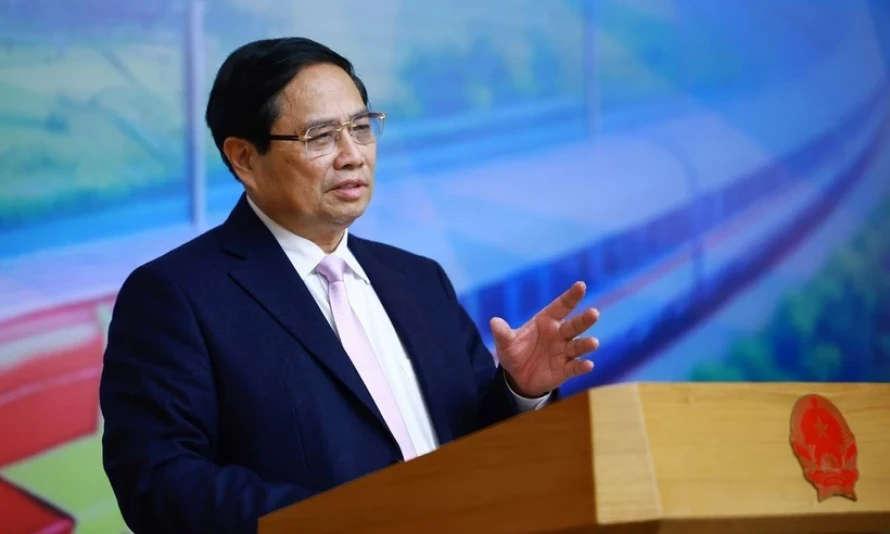

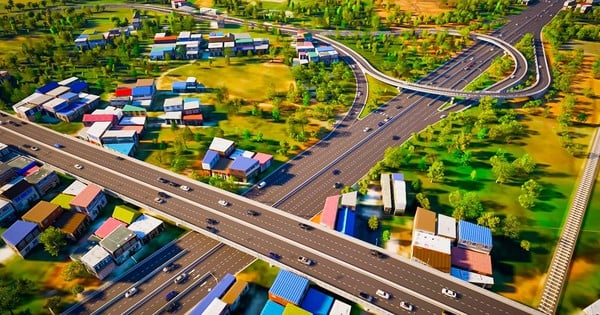

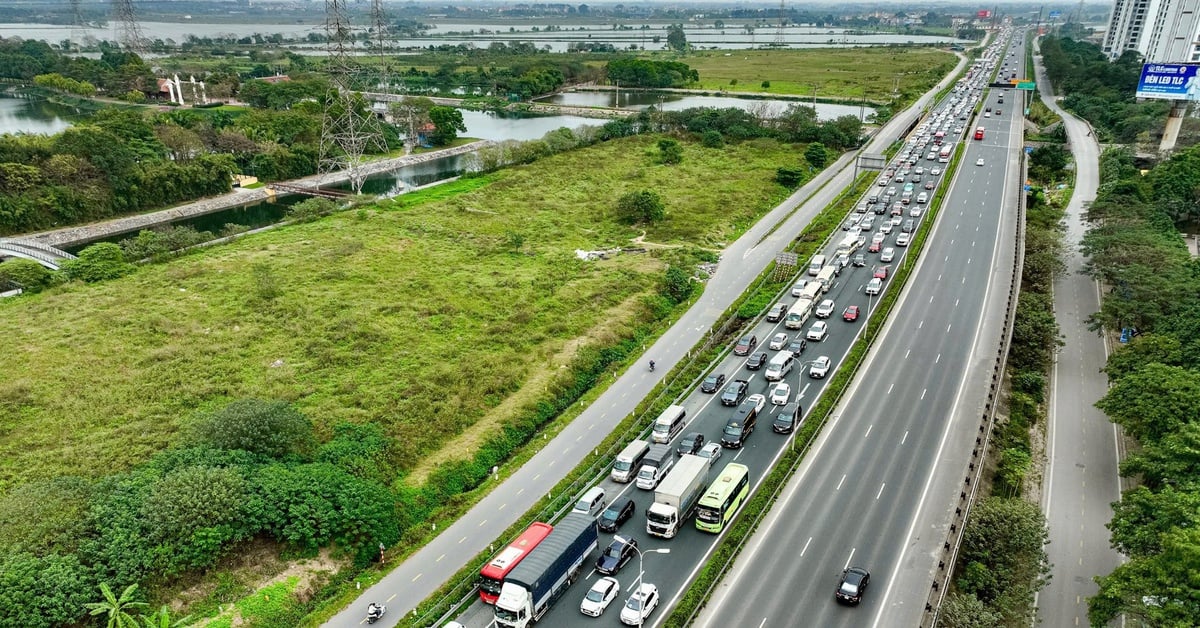



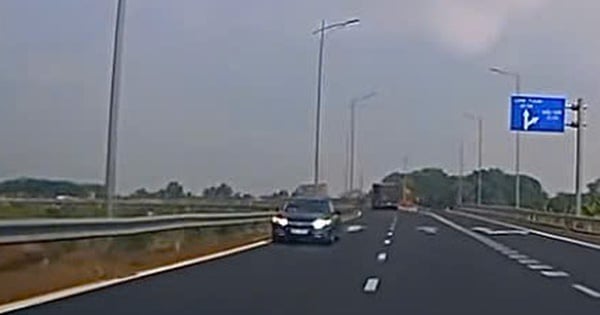

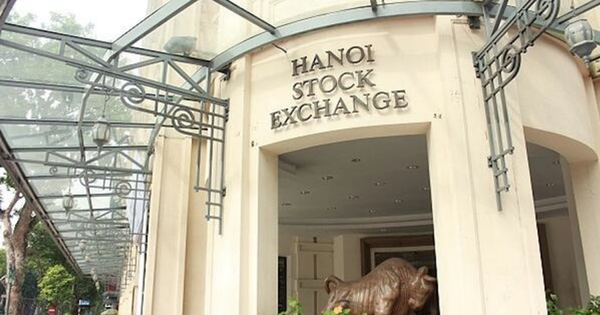
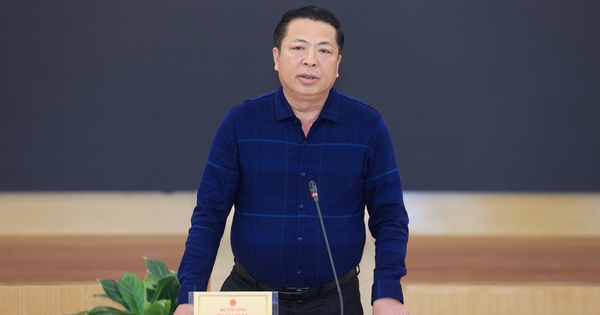
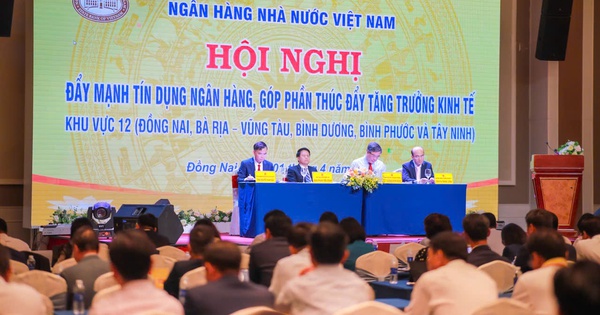
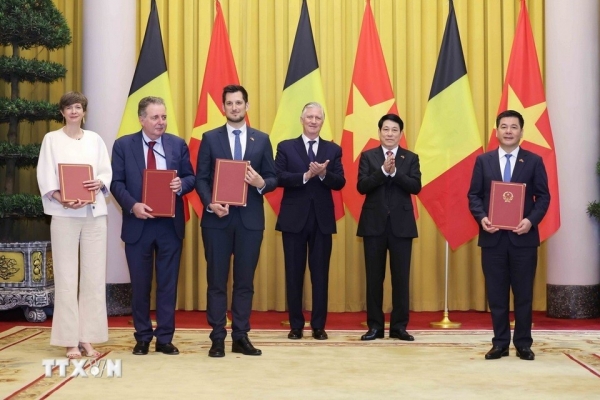












![[Photo] Myanmar's capital in disarray after the great earthquake](https://vstatic.vietnam.vn/vietnam/resource/IMAGE/2025/4/1/7719e43b61ba40f3ac17f5c3c1f03720)





























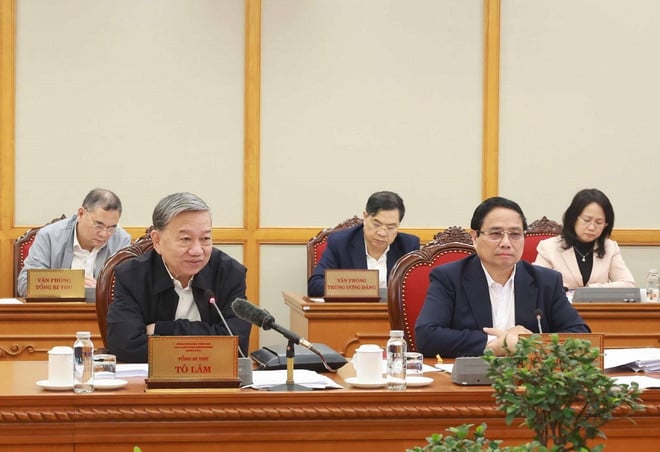











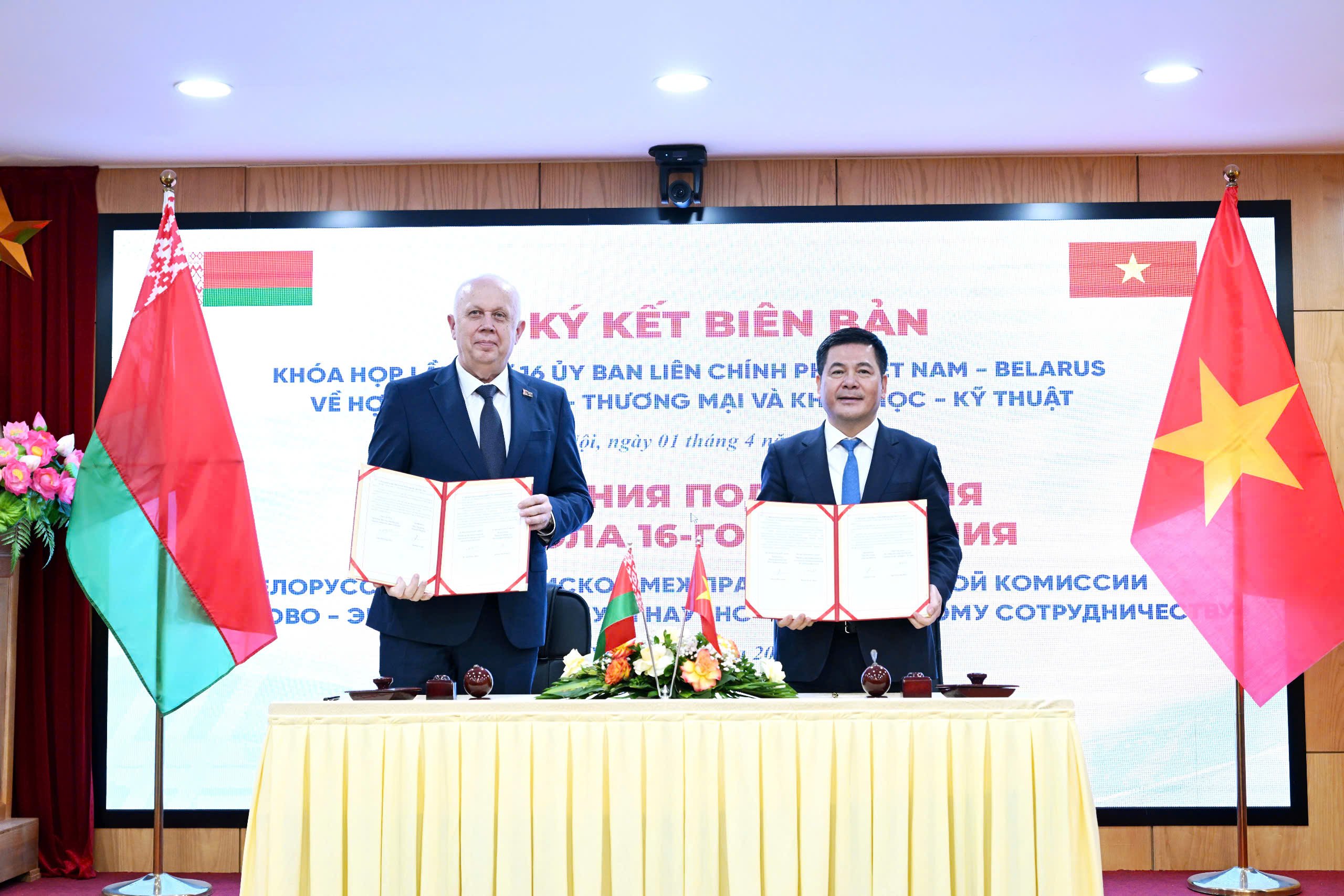
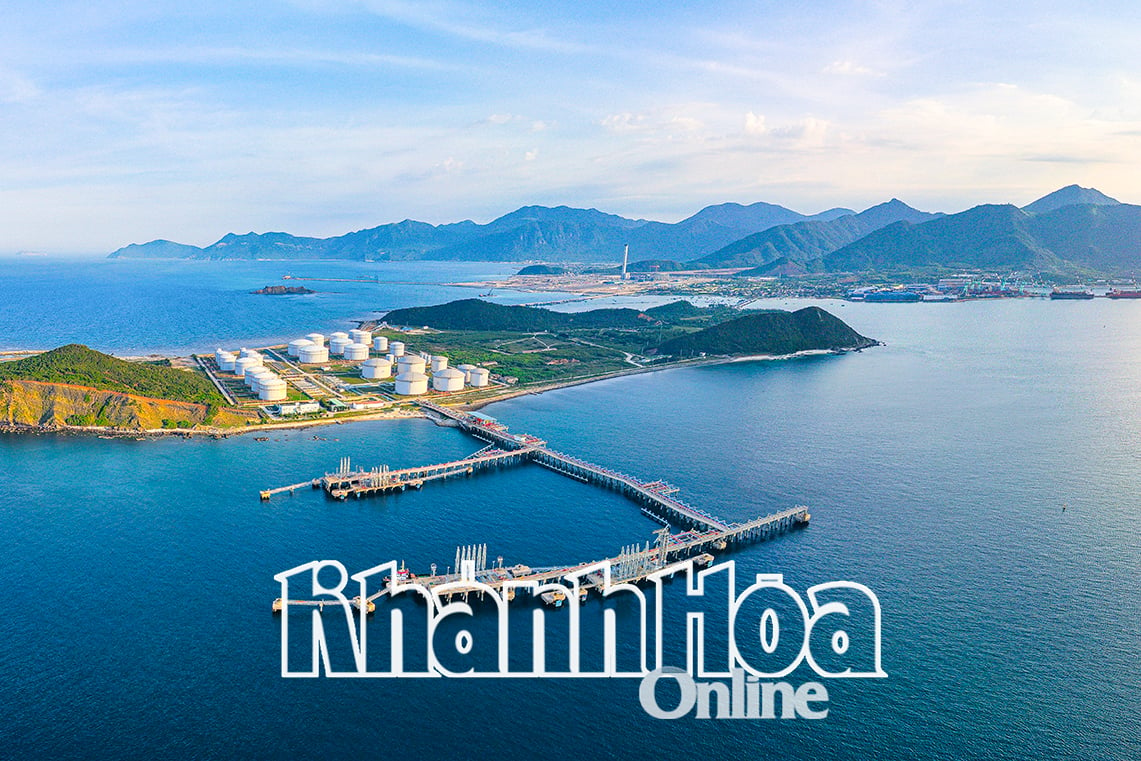



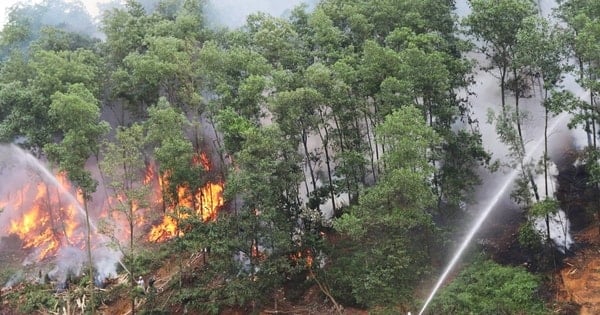


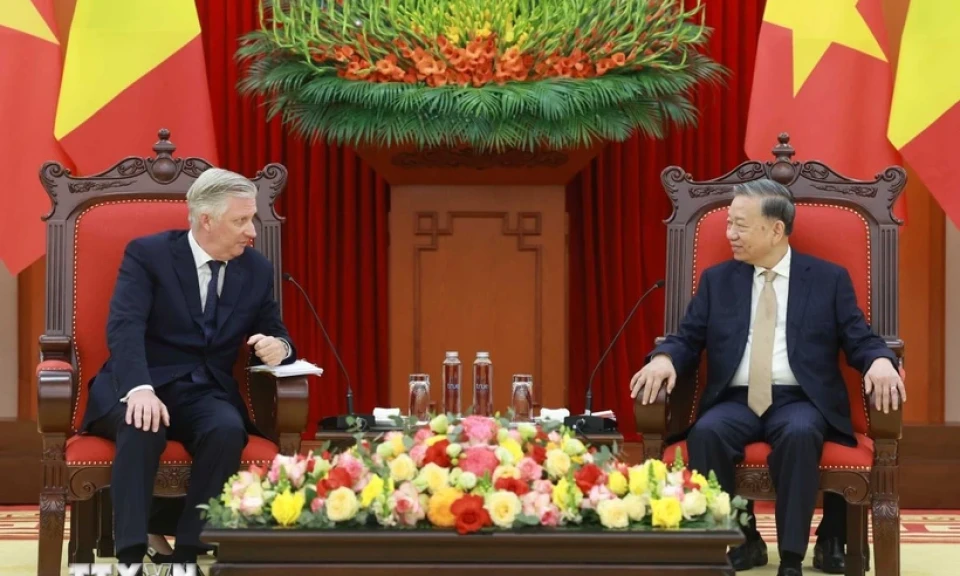











Comment (0)